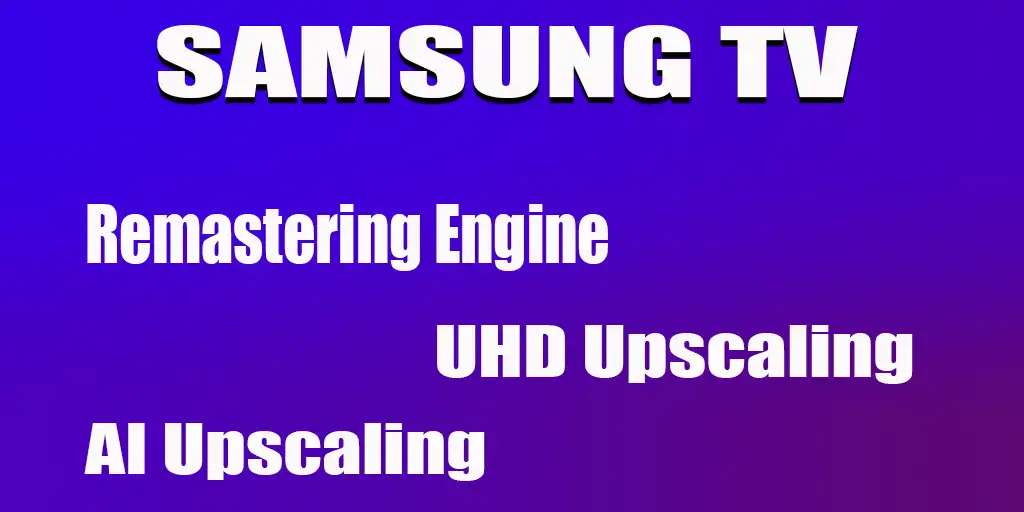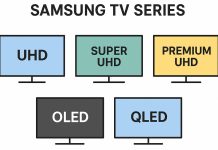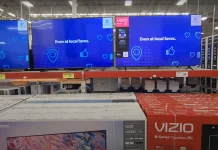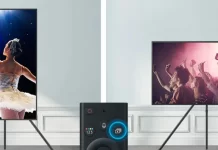With the advent of 4K (UHD) TVs, manufacturers have developed technologies to enhance low-resolution content to meet UHD standards. Initially, Samsung’s Remastering Engine technology, launched in 2015, stood out among these innovations. However, market research showed that the term did not resonate with consumers as its meaning was unclear and confusing. In addition, Panasonic used a similar term for its TVs, which diluted Samsung’s marketing efforts. Therefore, in 2016, Samsung replaced the term with “UHD Upscaling,” a name that effectively combines the key concepts of “UHD” and “upscaling.”
With the development of artificial intelligence (AI), TV manufacturers are eager to incorporate AI branding into their products. However, in practice, AI in TVs is mainly used for features such as personalized content recommendations based on user preferences. When it comes to image processing, the role of AI is much smaller than claimed. Image processing is still largely driven by relatively simple algorithms that adjust brightness and analyze the overall picture on the screen; thus, the term “AI” in this context often serves more as a marketing buzzword.
For example, Samsung now calls its technology “AI Upscaling,” with the vague disclaimer, “AI Upscaling uses formulas based on artificial intelligence.” Such an explanation emphasizes branding over meaningful advances in image enhancement.
How Upscaling Works
Despite the marketing hype, upscaling is a simple process. At its core, it involves adapting a lower resolution image to display on a higher resolution screen.
- A Full HD (1920×1080) display has 2,073,600 pixels.
- A UHD (3,840×2160) display has 8,251,400 pixels, which is four times more than Full HD.
To scale a Full HD image to fit a UHD display, each pixel of the original image is stretched by four pixels on the UHD screen. While the physical size of the pixels remains the same, the resolution increases significantly.
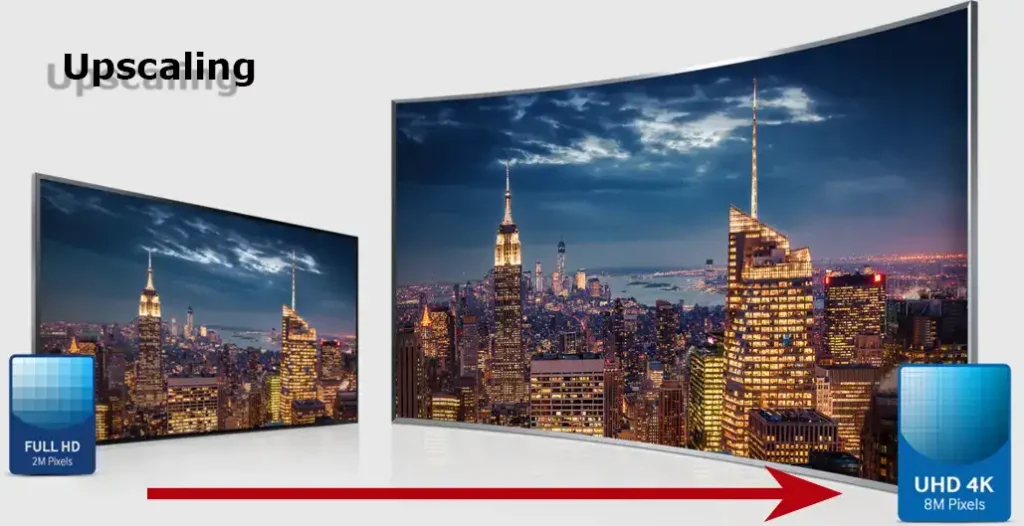
The role of modern processors.
The graphics chip in the TV is responsible for the scaling process. In basic scaling, one pixel of the original image is transferred to four pixels of the UHD screen. However, modern TVs use advanced software that analyzes the surrounding pixels, resulting in smoother transitions and crisp edges, resulting in a more beautiful image.
While upscaling can improve the experience of low-resolution content on a UHD screen, it is important to note that it cannot replicate the quality of the original UHD content.


